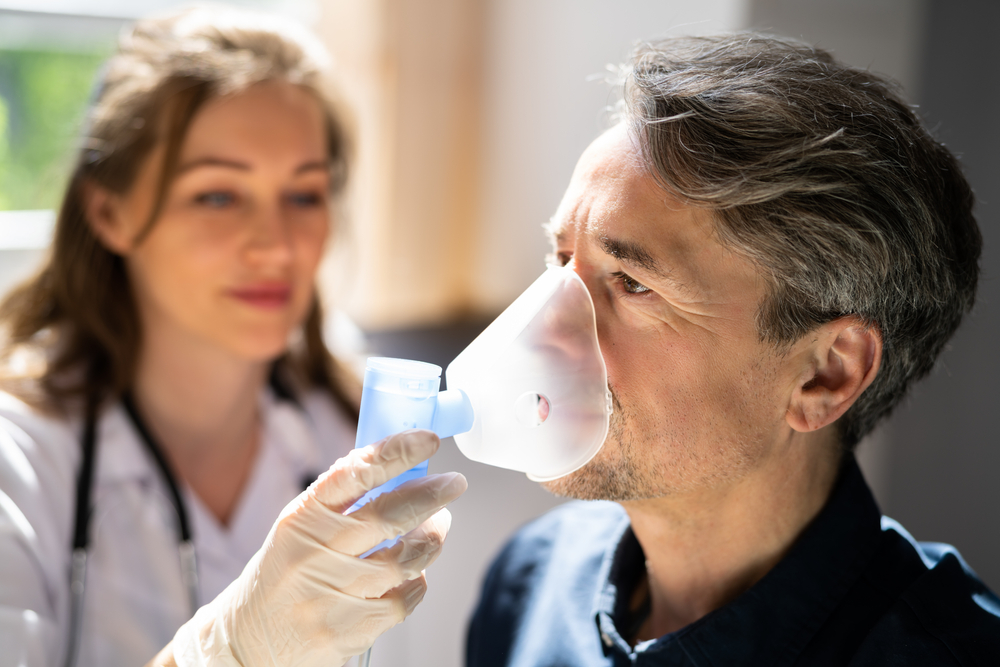Chronic Obstructive Pulmonary Disease (COPD) is a serious lung condition that obstructs the flow of air from the lungs, causing difficulty in breathing. It is a progressive disease, meaning it gets worse over time, and is currently the third leading cause of death in the United States, according to the American Lung Association. This article aims to provide a comprehensive overview of COPD, including its causes, symptoms, and available treatment options. Understanding these factors can be crucial in managing the disease and improving the quality of life of those affected.
What Causes COPD?
COPD is usually a result of long-term exposure to harmful pollutants, most commonly due to tobacco smoking. The harmful chemicals in cigarette smoke can damage the lungs, leading to inflammation and the production of excess mucus, which obstructs the airways. However, not all cases of COPD are due to smoking. Other risk factors include exposure to harmful chemicals and dust in the workplace, air pollution, and genetic factors. A small number of people have COPD due to a genetic condition known as alpha-1 antitrypsin deficiency, which affects the body’s ability to protect the lungs from damage.
Symptoms of COPD
The symptoms of COPD can vary from person to person and usually become more severe as the disease progresses. Early signs of COPD can often be overlooked because they may seem minor or are mistaken for symptoms of aging or less serious conditions. The most common symptoms include a persistent cough that produces a lot of mucus, shortness of breath especially during physical activities, wheezing, and frequent chest infections. As the disease progresses, symptoms may become more severe and can include fatigue, weight loss, and swelling in the ankles, feet, or legs. It is important to note that COPD can also lead to serious complications such as heart disease and lung cancer.
How to Treat COPD
While there is currently no cure for COPD, treatment can help manage the symptoms, slow the progression of the disease, and improve the patient’s quality of life. The treatment plan usually involves a combination of lifestyle changes, medication, pulmonary rehabilitation, and in severe cases, surgery.
Quitting smoking is the most vital step in treating COPD. It can slow the progression of the disease and reduce the severity of the symptoms. Medications such as bronchodilators and steroids can help to relax the muscles around the airways, making breathing easier.
Pulmonary rehabilitation is a program that combines education, exercise training, and behavioral changes to help the patient manage their disease and achieve the highest level of physical and social functioning. For some patients, oxygen therapy or surgery may be recommended. Oxygen therapy can be beneficial for those with severe COPD who have low levels of oxygen in their blood, while surgery may be an option for those who have not responded well to other treatments.
COPD is a serious and progressive lung disease that can significantly impact the quality of life of those affected. The primary cause of COPD is long-term exposure to lung irritants, particularly cigarette smoke, but it can also result from exposure to occupational dust and chemicals, air pollution, and genetic predisposition. The symptoms of COPD can vary in severity, but commonly include a persistent cough, shortness of breath, wheezing, and recurrent chest infections. While there is no cure for COPD, treatment options are available to manage symptoms, slow the progression of the disease, and improve the patient’s overall quality of life. These include lifestyle changes such as smoking cessation, medications, pulmonary rehabilitation, and in severe cases, oxygen therapy, or surgery. Early detection and management are crucial for living well with COPD.


